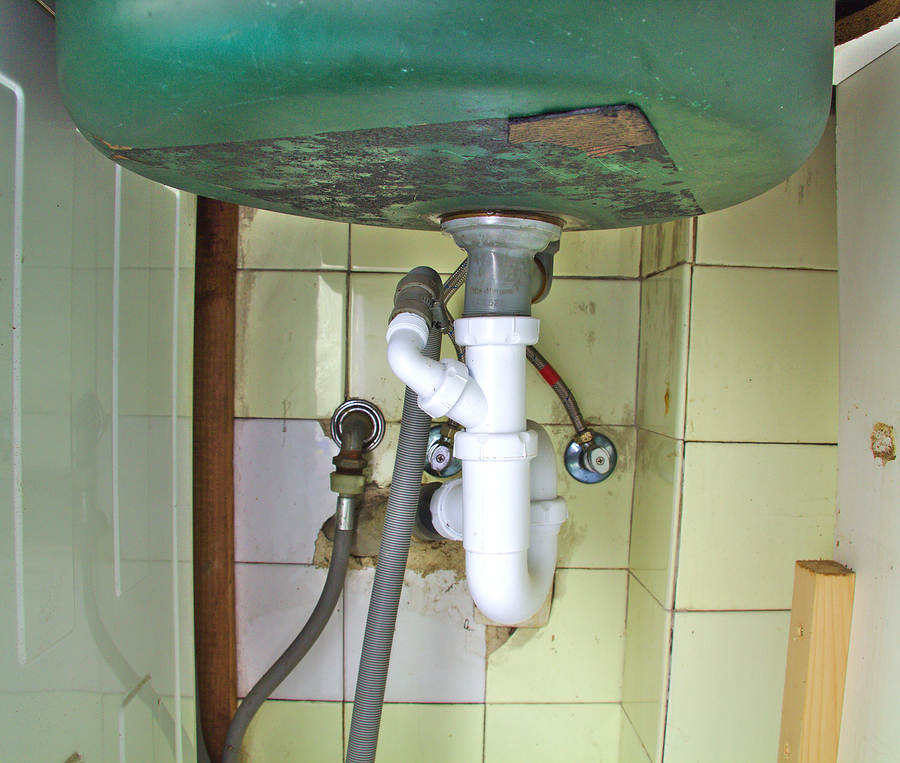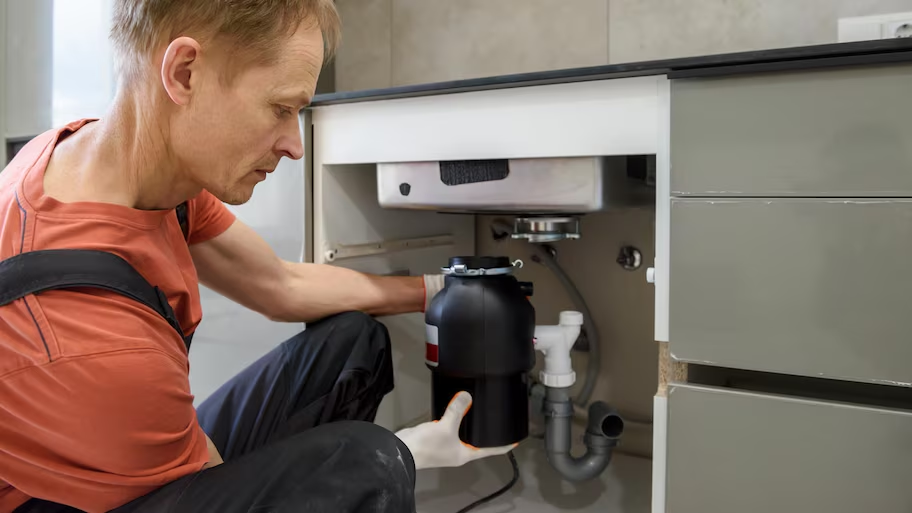This great article in the next paragraphs about Why Is My Garbage Disposal Leaking From the Bottom? is absolutely enjoyable. Read on and make your own results.

Waste disposal unit are vital cooking area appliances that assist in dealing with food waste effectively. Nevertheless, a dripping waste disposal unit can be an irritating and messy problem to handle. Luckily, several leakages can be dealt with easily with a couple of straightforward steps. In this write-up, we will certainly review just how to take care of a dripping waste disposal unit properly.
Intro
Garbage disposals are installed under kitchen sinks and are made to shred food waste right into smaller items, permitting it to pass through the pipes system quickly. While these tools are normally reputable, leaks can take place gradually due to damage, loose links, or damages to the device.
Usual Sources Of Leakages in Rubbish Disposals
Worn Seals and Gaskets
Seals and gaskets play an essential role in preventing water from dripping out of the waste disposal unit. Gradually, these components can degrade, resulting in leakages around the disposal device.
Loose Connections
The links between the garbage disposal and the pipes system can end up being loose gradually, triggering water to leak out throughout operation.
Splits or Openings in the Disposal System
Physical damages to the garbage disposal, such as splits or holes in the real estate, can also cause leaks.
Recognizing the Source of the Leakage
Before trying to repair a dripping garbage disposal, it is important to identify the source of the leakage. This can typically be done with aesthetic examination or by performing basic examinations.
Visual Evaluation
Check the waste disposal unit system meticulously for any kind of signs of water leakage. Pay very close attention to areas around seals, gaskets, and link factors.
Examining for Leakages
One means to examine for leakages is by running water with the disposal system and looking for any type of visible indications of leakage.
Devices and Materials Needed for Dealing With a Dripping Garbage Disposal
Before starting the repair work procedure, collect the necessary devices and products, including a screwdriver, adjustable wrench, plumbing's putty, replacement seals or gaskets, and epoxy or patching material for fixing splits or holes.
Step-by-Step Guide to Taking Care Of a Leaking Waste Disposal Unit
Turn Off the Power
Prior to attempting any fixings, make sure that the power to the garbage disposal device is shut off to avoid the threat of electric shock.
Situate the Leak
Recognize the exact location of the leak and establish the cause.
Tighten up Connections
Utilize a wrench to tighten any type of loosened connections between the disposal device and the pipes system.
Replace Seals or Gaskets
If the leak is because of used seals or gaskets, get rid of the old elements and change them with new ones.
Patching Splits or Holes
For fractures or openings in the disposal unit, usage epoxy or a suitable patching product to secure the broken location.
Examining the Waste Disposal Unit After Repair Work
When the repair is complete, check the waste disposal unit by running water via it to make certain that the leakage has actually been settled.
Preventive Upkeep Tips to Prevent Future Leakages
To prevent future leaks, it is necessary to carry out regular upkeep on your garbage disposal. This consists of maintaining it clean, avoiding placing non-food products or tough items down the disposal, and periodically looking for leaks or other concerns.
Final thought
To conclude, fixing a dripping garbage disposal is a reasonably simple process that can be finished with fundamental devices and materials. By adhering to the steps described in this write-up and exercising precautionary maintenance, you can maintain your waste disposal unit in good working problem and avoid pricey repair services in the future.
What to Do About a Leaking Garbage Disposal
A leaking garbage disposal often goes unnoticed until you confront a sopping cabinet, a foul-smelling puddle, or an audible drip-drip-drip from the unit. The fix can be frustrating, too, because the leak can stem from a number of components in the system. Fortunately, with a little sleuthing, you can zero in on the leak and—depending on the exact location—stop the icky oozing and repair the component that caused it. Worst case scenario, if it turns out that the garbage disposal must be replaced, installing a new one is a reasonable do-it-yourself task for those with basic plumbing skills. Read on to keep the cash you’d otherwise hand over to a pro.
Prepare to find the leak
Prior to testing the garbage disposal for leaks, unplug it at the wall outlet and turn off the power from the breaker box to prevent electrical shock. Then insert a watertight sink stopper into your sink drain and wipe the unit dry with a clean cloth. In any handy container, mix a few drops of food coloring into a few cups of water, and pour the dyed water onto the sink stopper to help you locate the leak.
Investigate the source
the top, where the disposal meets the sink drain the side, where the dishwasher hose or main drain pipe connects to the disposal or the bottom of the unit Inspect each of these locations while gliding a light-colored rag over the unit; the dyed water will readily show on the rag and reveal the location of the leak. If a leak isn’t immediately apparent, remove the sink stopper and pour a few more cups of dyed water down the sink drain, then check for leaks again. Leaks near the top of the unit are more likely to show themselves while the sink is plugged, while side and bottom leaks are more noticeable while the sink is unplugged.
The metal sink flange that sits directly inside the sink drain is typically sealed around the top with plumber’s putty (a clay-like sealant) and then secured from under the sink with bolts. If the plumber’s putty deteriorates, or the bolts loosen, the flange can no longer form a watertight seal between the sink drain and the disposal—which could cause a leak at the top of the unit.
To reseal the leaky flange, you must first detach the garbage disposal. Start by loosening the screws securing the main drain pipe to the disposal, then loosen the screws in the metal clamp securing the dishwasher hose to the disposal and detach the drain pipe and dishwasher hose from the disposal. Loosen the screws in the mounting ring that connects the disposal to the metal mounting assembly beneath the sink, then pull down the disposal and carefully set it on a clean, dry surface. Loosen the bolts in the mounting assembly with a wrench, then pull down the mounting assembly and set it near the disposal.

I was shown that report about Garbage Disposal Leaking From Bottom from a friend on a different web page. Do you know about someone else who is fascinated about the topic? Be sure share it. I praise you for your time. Come back soon.
Call Today